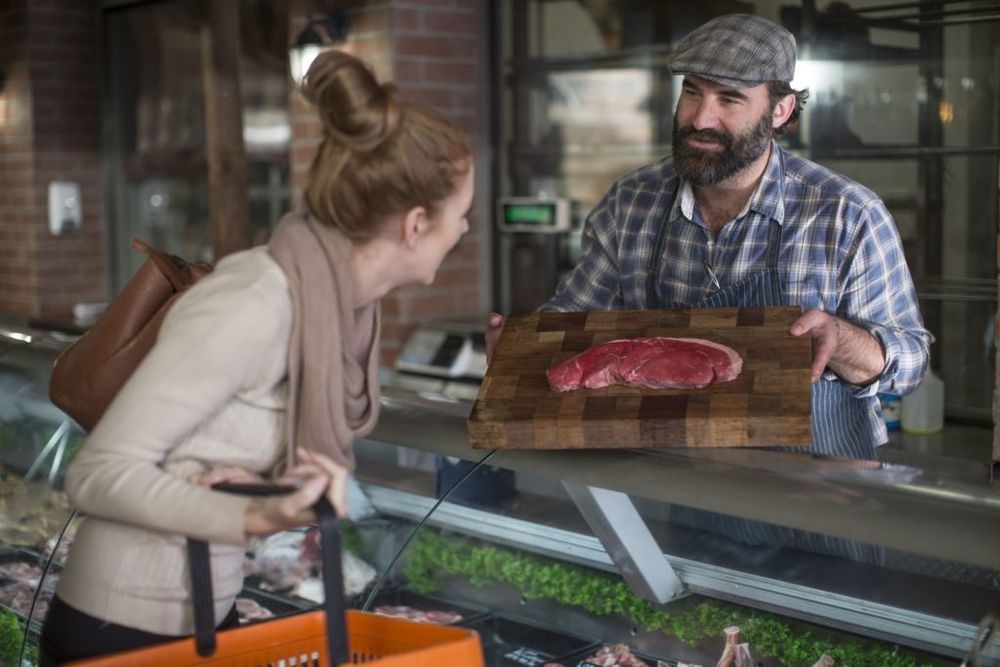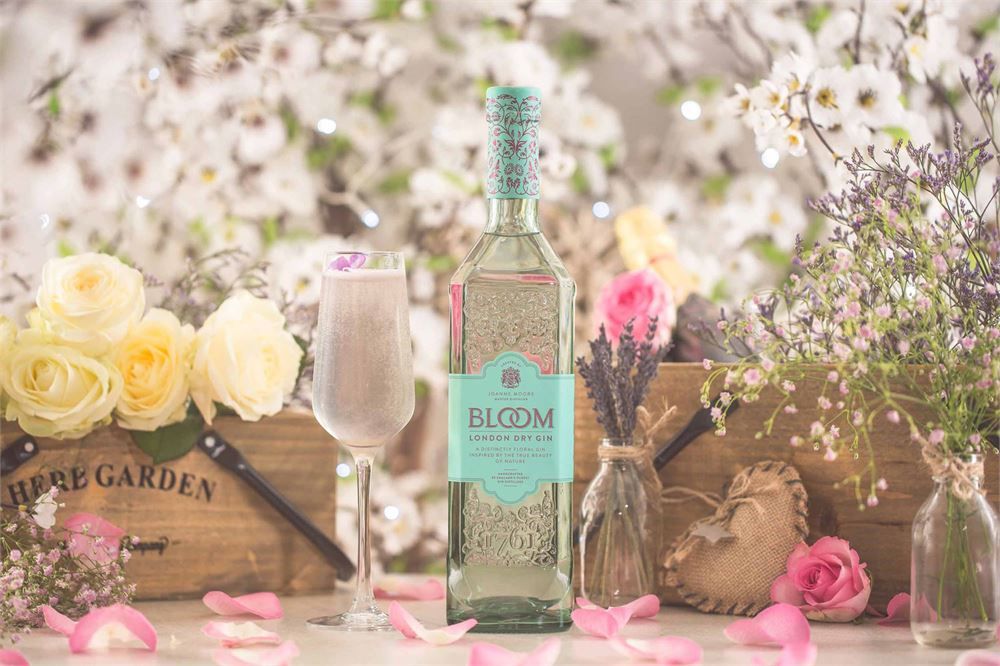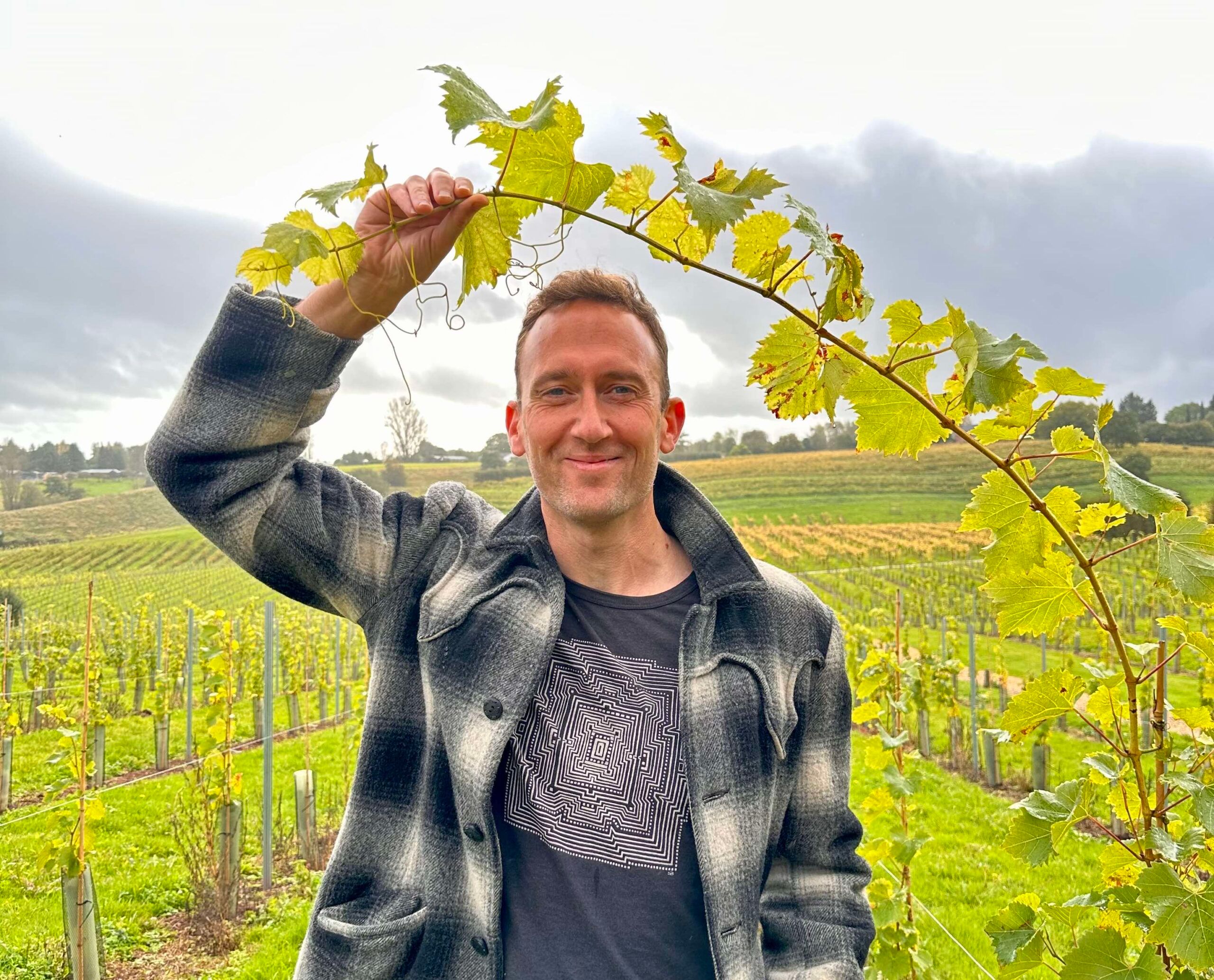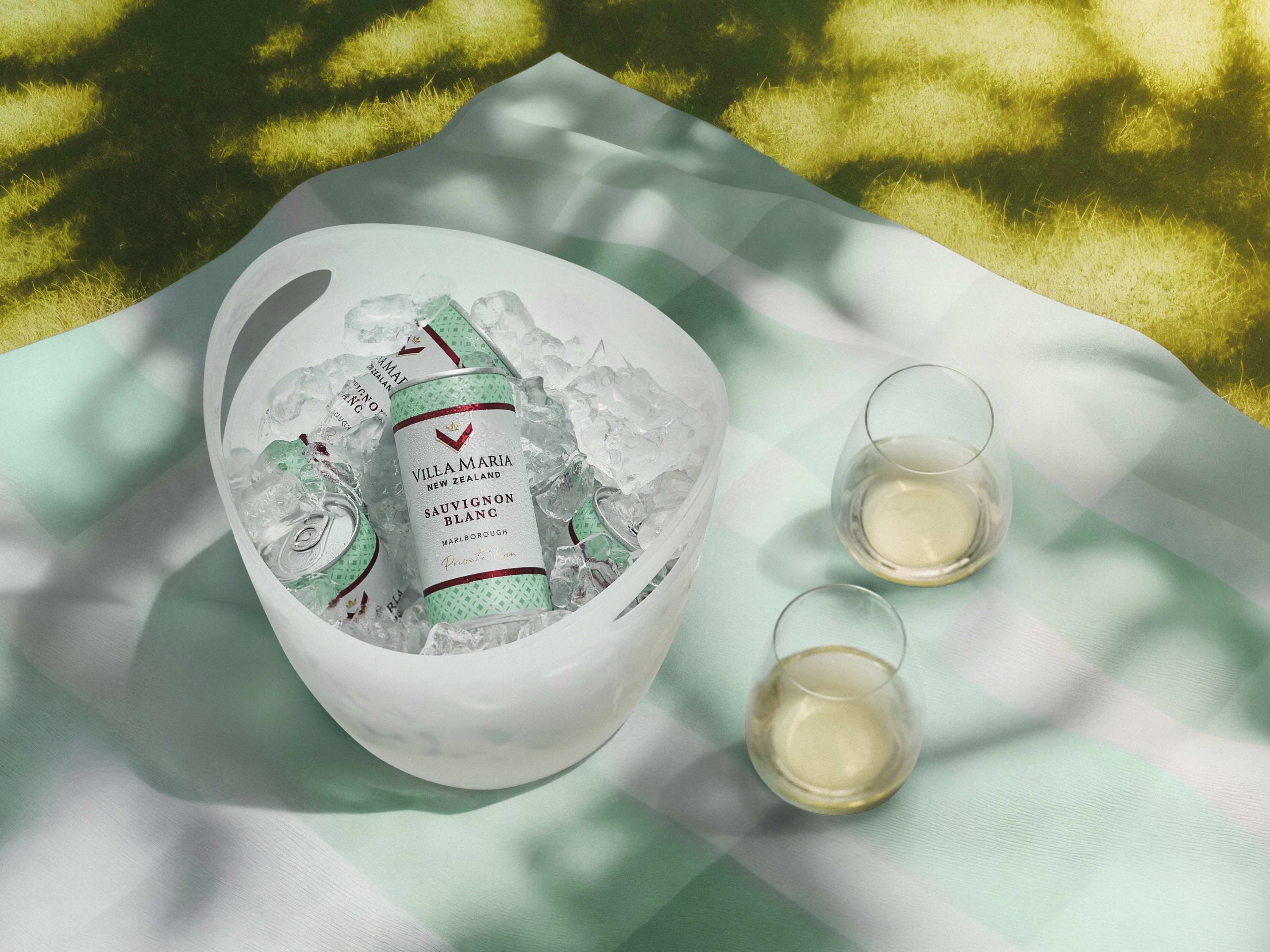So what are the consumer trends that are really going to stick after Covid-19? Richard Siddle finds out from Neil Anderson of Quintessential Brands.
Within seconds of starting to talk to Neil Anderson about how the last three months of lockdown has been for him personally and in his role as brand marketing director at Quintessential Brands, and he’s straight into the latest consumer trends data that has caught his eye.
But then he knows that’s also what I most want to talk to him about. When it comes to getting our hands on the latest and most insightful consumer trends data then we’re kindred spirits. It’s also what has set Anderson apart in all the various marketing roles he has had across the drinks industry from his time at Accolade Wines and most recently Kingsland Drinks.
Often our conversations in his wine days were more about the frustrations of not having the level of qualitative data about what consumers genuinely think about wine, backed up by the hard sales data from both the on and off-trades. But then as we all know wine is the proverbial box of frogs when it comes to pinning down hard and fast rules about what consumer think – as all too often the average drinker finds wine far too intimidating and confusing to give a coherent answer to all the questions you might throw at them in any case.
New home – in spirits

Neil Anderson is very much home in the data and consumer trends driven world of spirits at Quintessential Brands
Which is why Anderson feels far more at home in the spirits world and in his new role as retailer and brand marketing director at Quintessential Brands that has a vast range of major spirits brands in its wide portfolio.
Here consumer trends data is not just a nice to have, but fundamental to his role. Spirits brands act and behave like traditional FMCG household brands and the businesses behind selling them are far more focused and prepared to invest in the data and insights to help them create brands that consumers are likely to buy.
They also have the undeniable advantage of acting more like drinks trade professionals equivalents of Willy Wonka. If the data tells you that consumers will rush to buy pink gin, laced with rhubarb and cinnamon then you can go and make it. But when it comes to wine can the consumer insights ever be so precise? You’re also dealing with a natural product and there is only so much tinkering you can do in the winery and get away with.
If you rely on consumer insights to do your job, then the last three months have been like no other time in living memory. With all our emotions and feelings all over the place, consumer attitudes and behaviours have been changing by the week, if not the day.
The likes of Nielsen,Kantar, CGA and Wunderman Thompson have all stepped up to the mark, producing week after week of analysis and trends – a large part of which they have made freely available for those willing to go and look for it.
Three key trends

The lockdown will ironically be remembered also for the mass protests and public gatherings to support key causes such as Black Lives Matter
For Anderson there are three key trends that are going to be the driving forces for change in the drinks industry long after Covid-19 has been beaten: cause; conscience; and community.
All of which have the potential to be even more powerful in that they all interlinked and can potentially bounce off each other.
The fact we have all been stuck at home for over 100 days means we have all become embedded far more in our local communities than ever before. If we have been going out it hasbeen to local stores, many of which we have not been to before, be it the butcher, the usually too expensive posh deli, the greengrocer, the fishmonger – and yes the independent wine merchants or specialist drinks store.
All of which means, says Anderson, “people are wanting to buy products, brands or services that are doing some good and offering something back to the community”.
He quickly points to the data to back up his theory – thanks in part to a study he carried out with research consultancy, Dragon Rouge. In January, he says, 19% of consumers expected the brands they buy to be also doing some good for the wider community. By April that had jumped to 31% and is likely to be even higher today.
“That’s nearly a third of the population,” stresses Anderson, “ who want to buy into goods that are also doing some good. It has really got us thinking about what sort of new product development and innovation we should be looking at.”
Which are also the conversations Quintessential Brands’ major customers, mostly for now in the off-trade sector, want to have. “We are constantly thinking about how we can work with our customers to innovate and be creative and thinking about what their customers want.”

Happily queuing to go and see the local butcher has become a habit for many during lockdown
Huge demand
Quintessential Brands has also been at the forefront of the enormous demand there has been, particularly in late March, April and May for major drinks brands.
Anderson points to figures released by Kantar that shows the overall alcohol category has been the best performing across all grocery categories, with 49% year-on-year value growth from May 2019 to June 2020.
Demand was so high it meant the major grocers, particularly in March and April, were not looking for any innovation or NPD, just a guarantee that drinks would be on shelf when they needed them to be.
“Conversations,” he says, “have now moved from service and logistics to taking a look at the changes in different categories and what consumers might want and then finding the right products and brands for this evolving landscape.”
Which brings us back to how brands and retailers – across the on and off-trades – can play their part in driving the causes that consumers are now most interested in. Anderson it is not there yet with the answers, but that’s very much where the new innovation needs to come from.
“How can we play our role in giving something back to the local community. That’s the big shift infocus.”
Health and wellness

Families have come together like never before during lockdown and will want to support brands and businesses that share their sense of community in the future
Not surprising there has also been a big rise in consumers’ overall concern about their own health and wellness, but also the community and the environment they live in. Again a consumer trend that was very much to the fore prior to Covid-19, and has accelerated even more during it.
“There is going to be a massive focus on health and sustainability,” adds Anderson. But again not just for yourself, but products that can also give back to the community.
That sense of community has clearly got stronger during a time when we are all at home with our families, and now slowly being able to connect again with extended family and close friends.
It will become stronger still in the months ahead when so many more people will continue to work from home and build even stronger ties with where they live.
Again the challenge for brands is how you can make yourself relevant to people who will be travelling less and connecting far more with others online.
A little escape…

People will be looking to come together and share great new memories and experiences together says Anderson
Looking further ahead and Anderson can see more demand for products and brands that help people escape a little from that local, online and potentially more stressed personal lives.
Particularly as it now looks likely we are heading fast forward into a serious recession, with consumer confidence already heading to where it was during the financial crash of 2008. A further challenge for the drinks industry and brands to contend with, he says.
“There are, though, two main dynamics in a recession when it comes to consumer behaviour,” he adds.
“Those who cut back on spending and look more for value offers and own label choices, and those that want to treat themselves can and turn to more premium products,” he explains.
Quintessential Brands is already in talks with major customers about, on the one hand, the exclusive spirit brands and blends it can produce for them and the more premium brands that can help drive margins as well. “We are very well placed to do that,” he says.
“Retailer exclusives offer a point of different to traditional brands and own label. They allow you to be more agile and we can bring them to market more quickly so that we can capitalise on these changing trends. Like Limehouse Gin in Tesco. It is helping to recruit younger consumers into the category. It’s the middle market products that will be particularly challenged.”

Quintessential Brands works with major customers to create exclusive brands, like Limehouse Gin for Tesco
On-trade opportunity
Whilst much of the last three months has been spent just ensuring it has the right products in the right place, there has been room for innovation too.
Anderson points to the activity it has been able to do with its Bloom gin brand. Aware that so many people were having to cancel their wedding it set up a micro site and offered people the chance to win free Bloom gin for when they can hold their wedding.
“It went ballistic. The site reached 2.1m people and we had over 21,000 people entering. But it shows what you can achieve if you are able to adapt quickly, respond and innovate. You can’t rest on your laurels.”
He says he has been blown away by the amount of innovation we have seen across the drinks industry over the last three months.“The level of creativity has been exceptional.”
Has been the sense of community within the industry itself with suppliers and retailers keen to do what they can to help each other, but also now the on-trade once it can return.
“We have been sharing as much category data as we can with our customers. This is such a challenging time for everyone. But the innovation we have seen has really warmed my heart. It’s a challenge every business has had to face up to. The important thing is to be able to add value where you can.”

Bloom Gin has been able to run a series of promotions in lockdown including one aimed at those who have had to cancel their weddings
Looking to the on-trade
Quintessential Brands also has a new challenge of driving its own sales in the on-trade. Andersson says that whilst it is proud of the inroads it has made with the major grocers and mainstream off-trade, it also wants to play a bigger role in the on-trade and more specialist drinks retailing.
It is certainly open to sharing data and insights with on-trade players interested in knowing more about the findings it has made working with the major retailers during Covid-19.
“We want to be able to do what we can to help them come back,” says Anderson, “as clearly the on-trade is ideally placed to capitalise on the emerging consumer trends we have seen come through in the past few weeks.”
“We’re here to support and be a partner to them where we can. Be it with merchandising and helping them to connect with their local communities.”










































